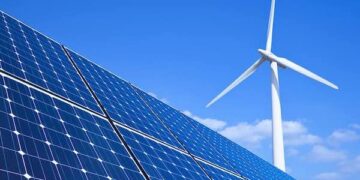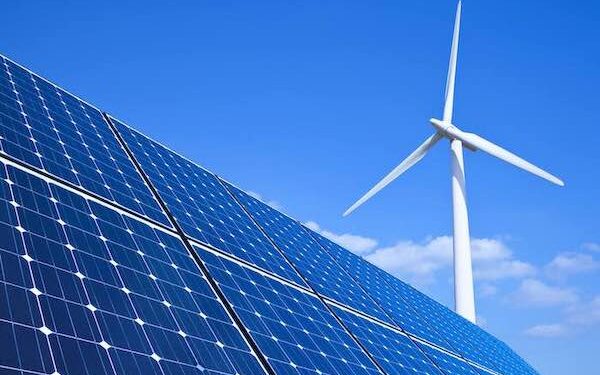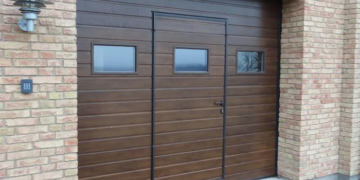Electricity in modern life is an energy that not only moves, but practically makes possible everything related to everyday life, communication, leisure, production and service areas, electricity heats in winter and makes it possible to store food. If, for any reason, electricity disappears in the network, virtually all spheres of life collapse.
Therefore, ensuring uninterrupted power supply should be one of the primary tasks of any owner of a private house, and not only. In practice, this problem can be solved by installing one of the autonomous power supply systems, which are not a problem to purchase, for example, at Sveton LLC. It’s all about quality and performance.
There are several types of such systems. We offer a brief overview of the most popular today.
one. A power plant with an internal combustion engine is the most inexpensive option to purchase, completely independent of the presence of an external power grid. However, in operation it has a number of serious drawbacks:
– the high cost of fuel (gasoline, diesel or liquefied gas) determines the high cost of the energy received;
– noise, the presence of exhaust gases and the use of combustible materials make it difficult to install indoors, create discomfort;
– the need for regular engine maintenance (oil, filters, candles – drivers know what they are talking about);
– the need to periodically stop for cooling.
2. Inverter with batteries is a more modern version, the main advantages of which are high environmental friendliness, noiselessness, compactness, high resource and energy efficiency, no need for regular maintenance. And yet – instant switching on in the event of a sudden loss of electricity in the network. The price is not much more than that of power plants with internal combustion engines.
But where without flaws? In this case, the battery life limited by the capacity of the batteries and the power of consumer devices, the need for periodic recharging.
3. Automated complex of power plant and inverter. In this case, the main advantages and disadvantages of both separate systems are balanced and mutually compensated. The cost will also make you shake your wallet, however, when installing such a system, you get all the advantages of the station and the inverter, while significantly leveling their characteristic disadvantages.
four. Systems with alternative energy sources. They most often include:
– wind generators;
– solar panels;
– hydrogenerators.
Of the indisputable advantages – complete environmental friendliness, free energy sources, independence from fuel or the presence of an external power grid.
The disadvantages are also significant and hinder the widespread introduction of such systems:
– high initial cost;
– significant dependence on weather conditions and the region: the presence of a constant wind, sufficient sunlight, etc.P.;

































